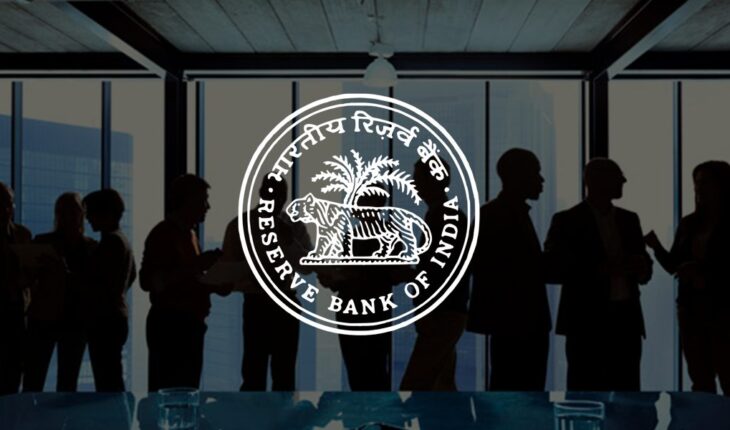New Delhi : In a recent development, small finance banks (SFBs) have approached the Reserve Bank of India (RBI) seeking a revision of the current computational norms for the credit-deposit (CD) ratio.
This move comes as several SFBs have seen their CD ratios surpass the 90 percent threshold, a level that raises concerns about their liquidity positions.
The CD ratio, also known as the loan-to-deposit ratio, is a key metric used to evaluate a bank’s liquidity by comparing its total loans to total deposits over a given period.
A higher ratio indicates that a bank may have insufficient liquidity to handle unexpected financial stress or sudden deposit withdrawals.
While large universal commercial banks typically maintain CD ratios between 80 and 90 percent, multiple SFBs have reported ratios exceeding 90 percent.
Notable examples include Suryoday SFB, which reported a CD ratio of 110 percent for the first quarter of fiscal year 2025, and Jana SFB, with a ratio of 102 percent for the same period.
The disparity between SFBs and larger banks in terms of CD ratios highlights the unique challenges faced by smaller financial institutions in managing their loan portfolios and deposit bases.
As these banks continue to navigate the complex financial landscape, their request for regulatory flexibility underscores the ongoing dialogue between financial institutions and regulatory bodies in adapting to evolving market conditions.






